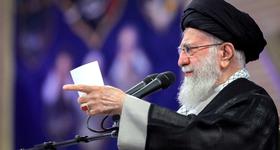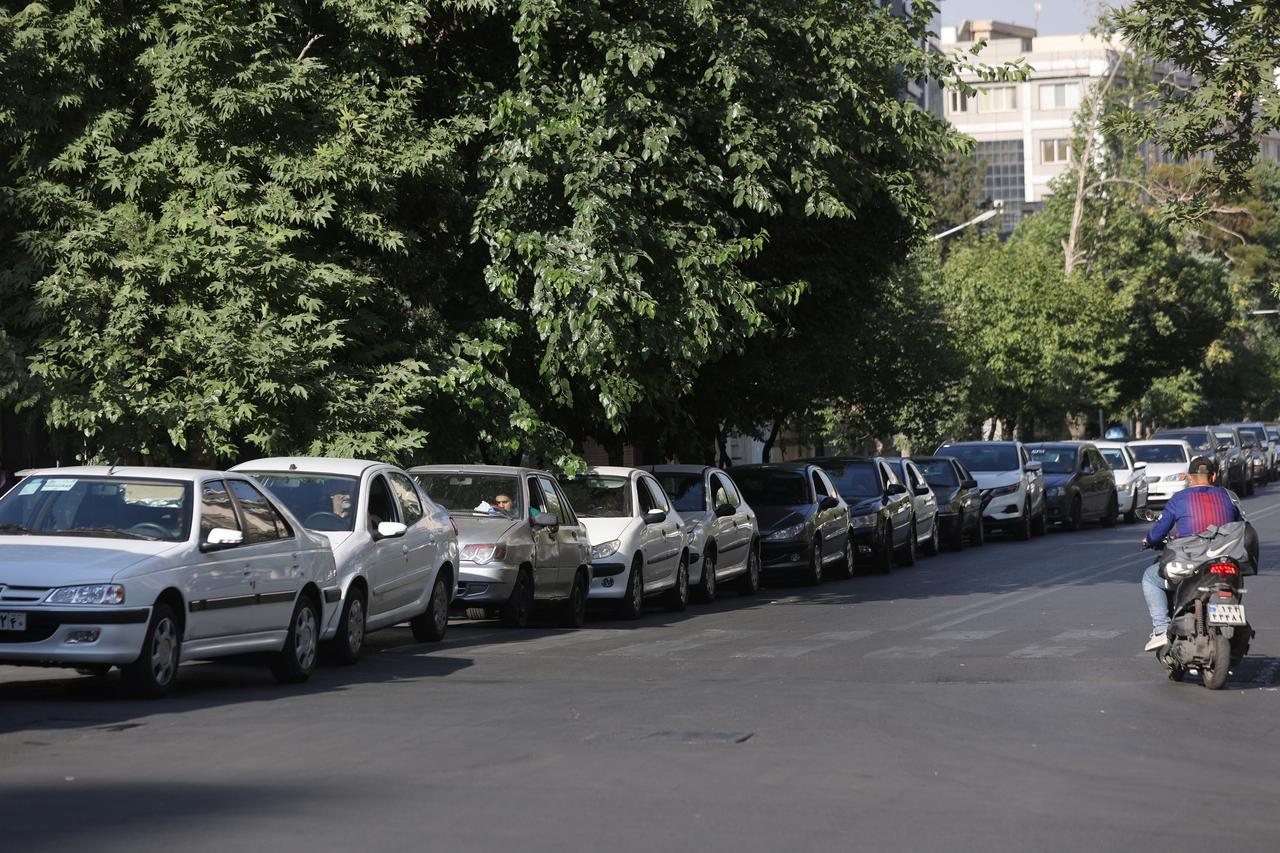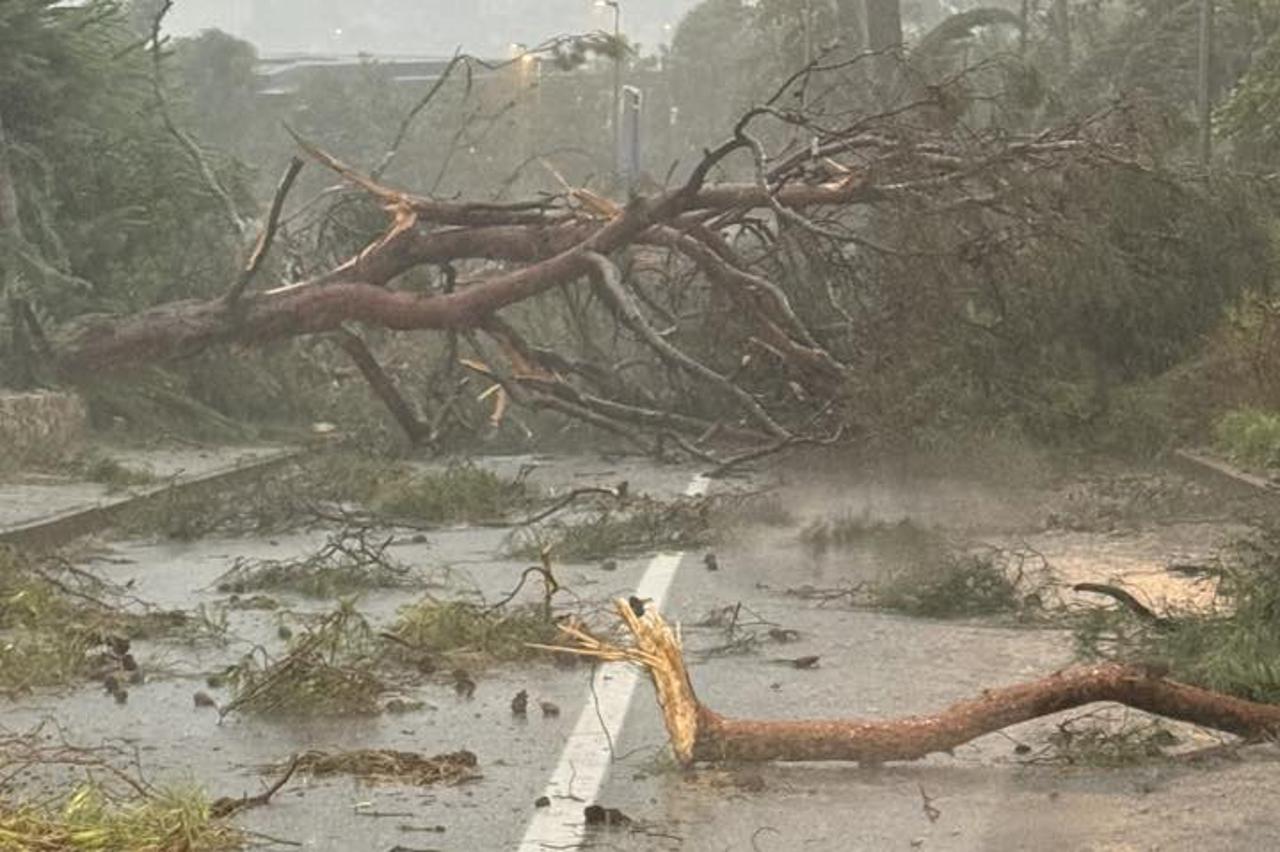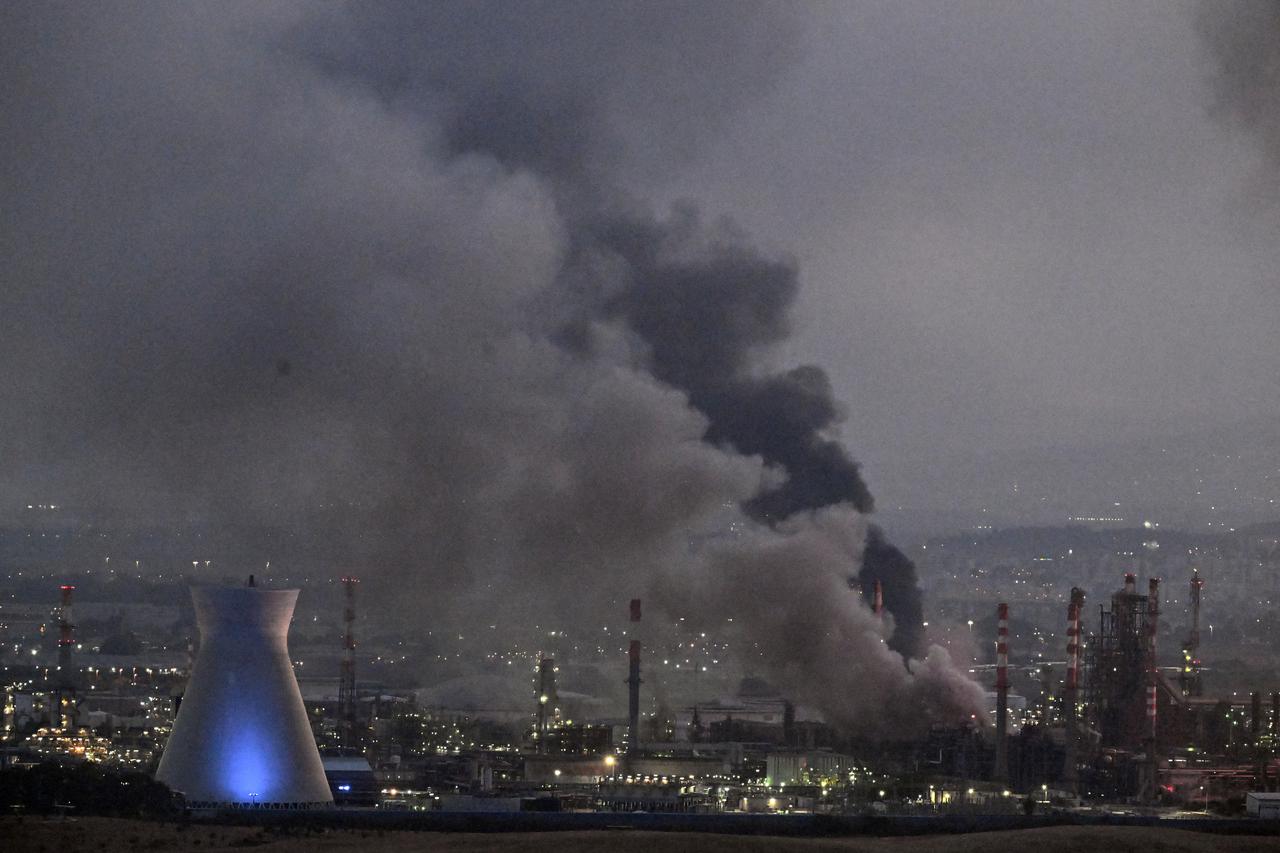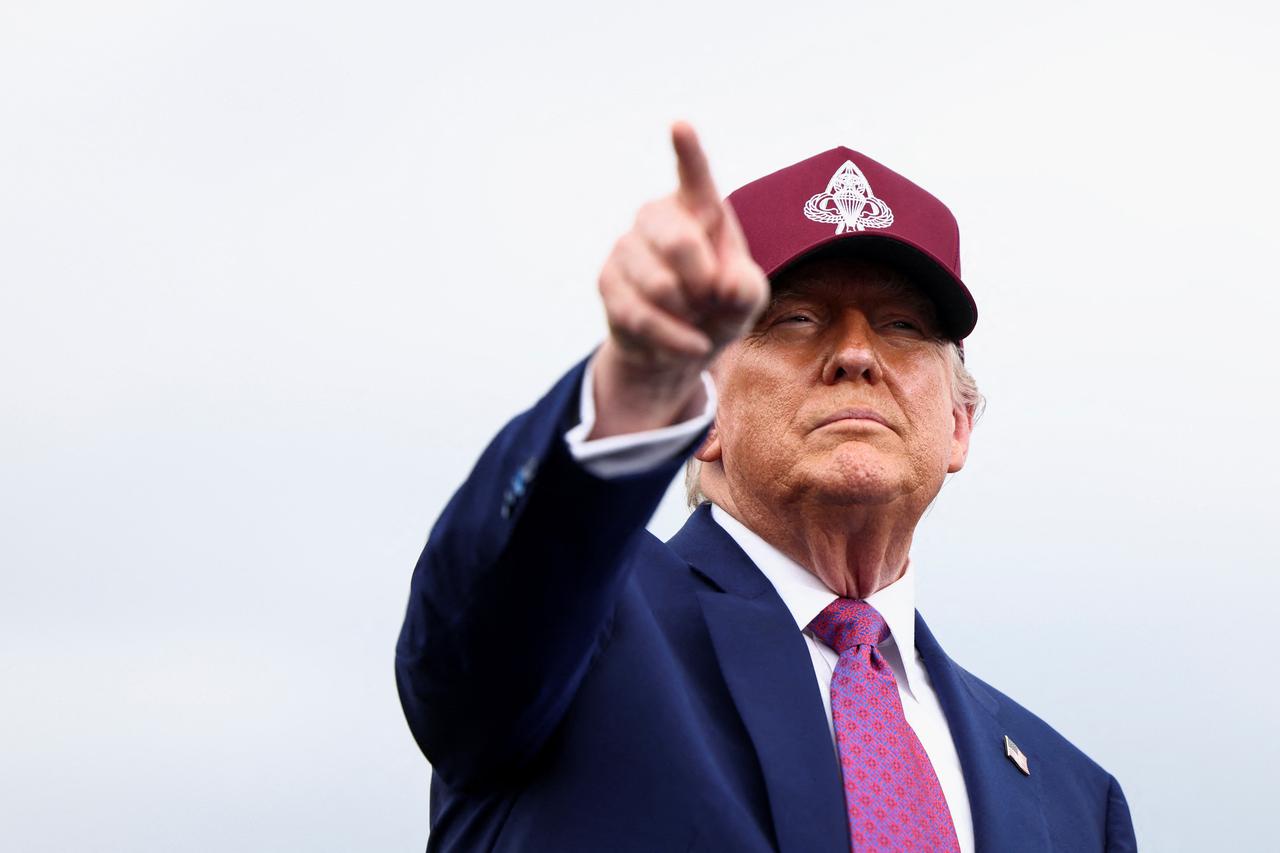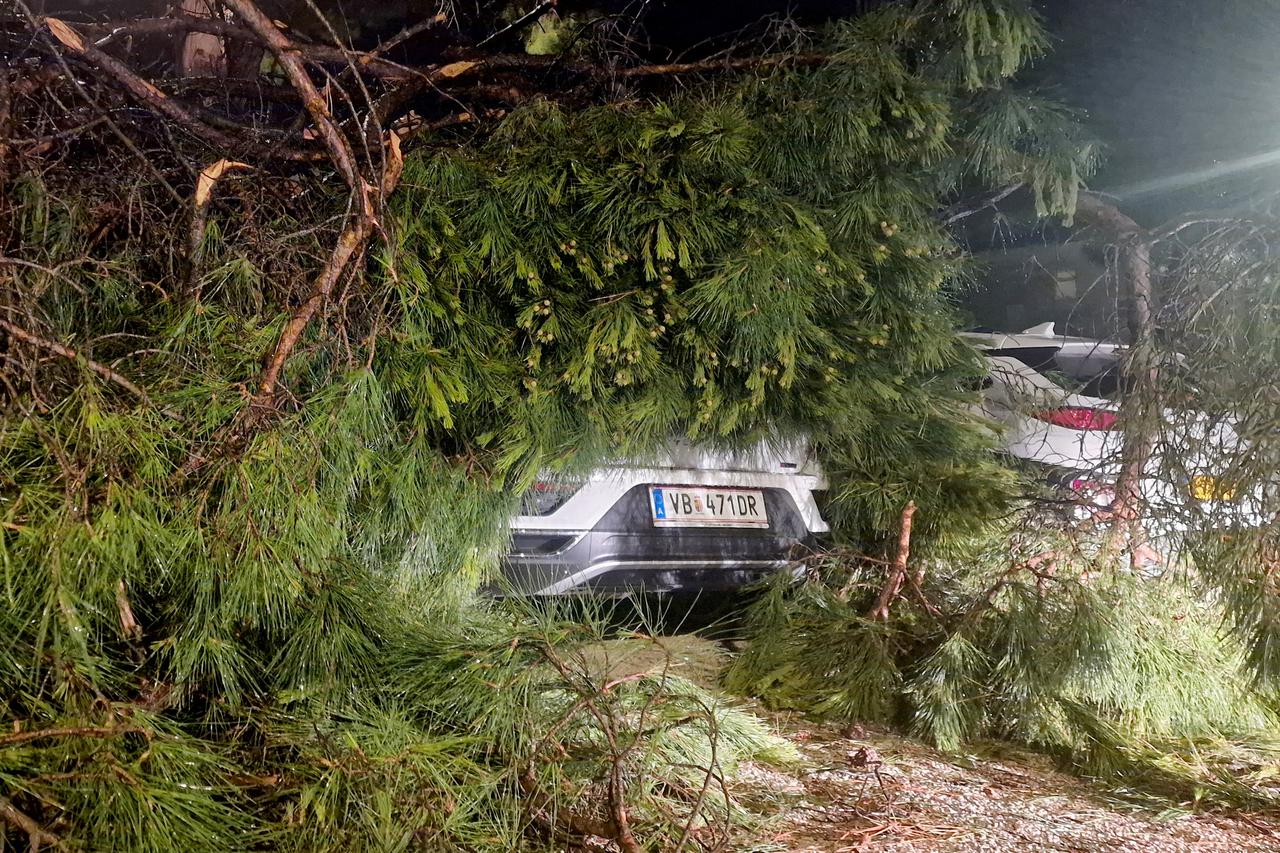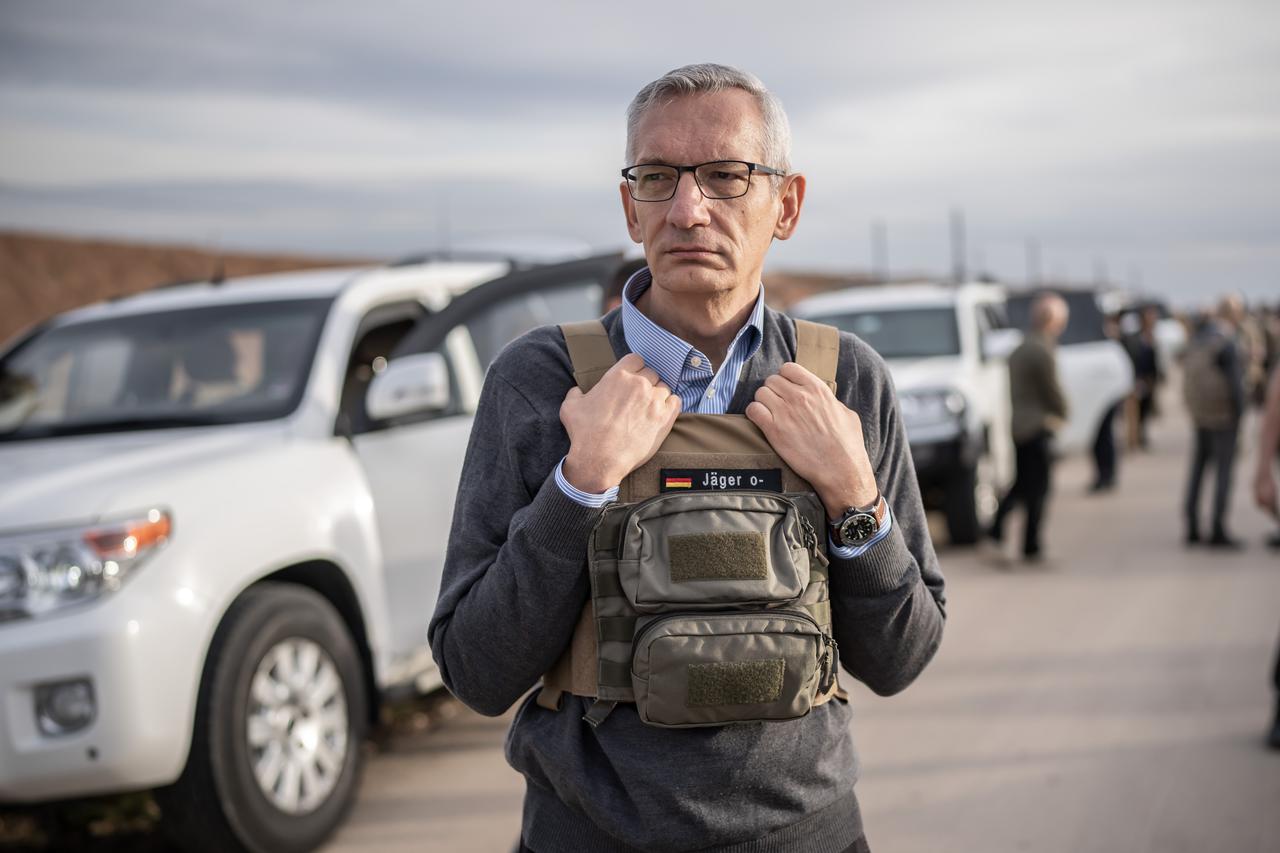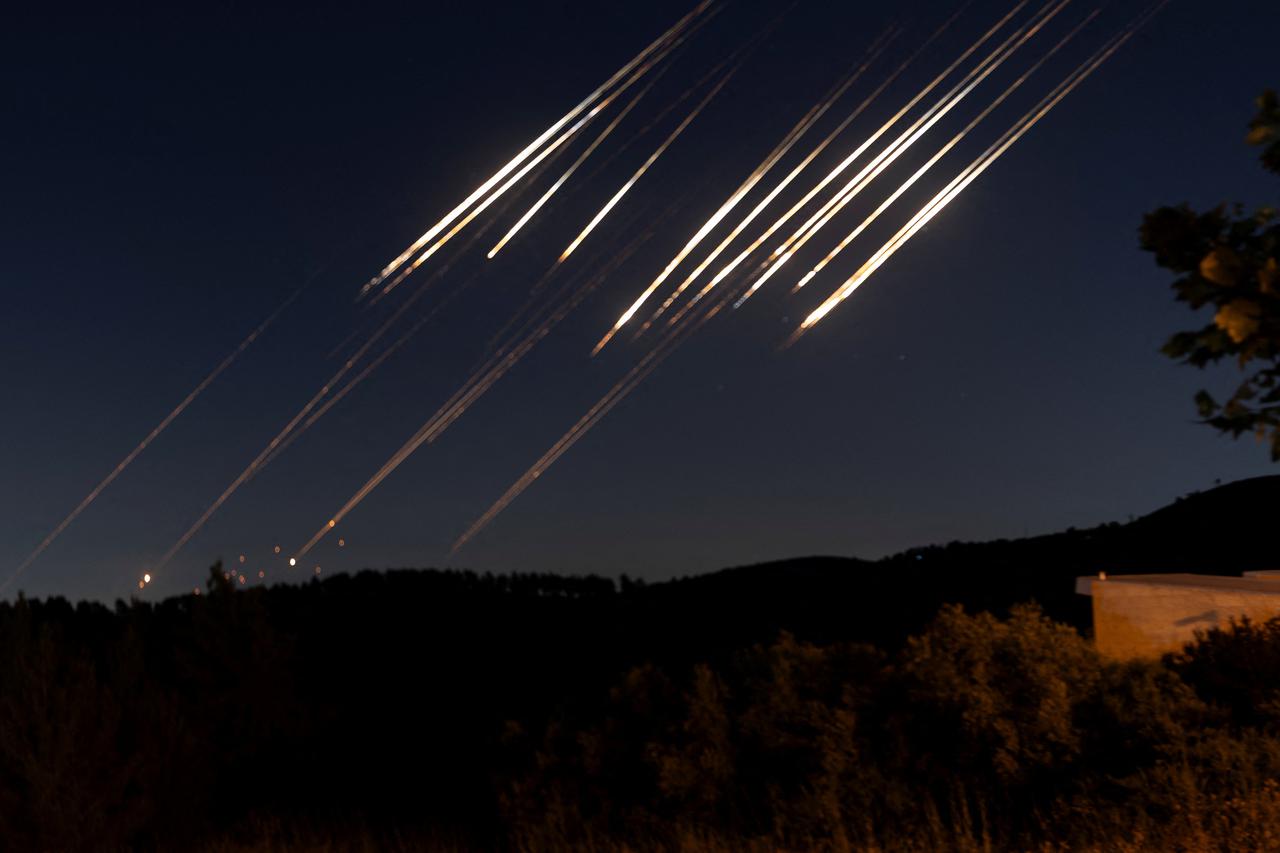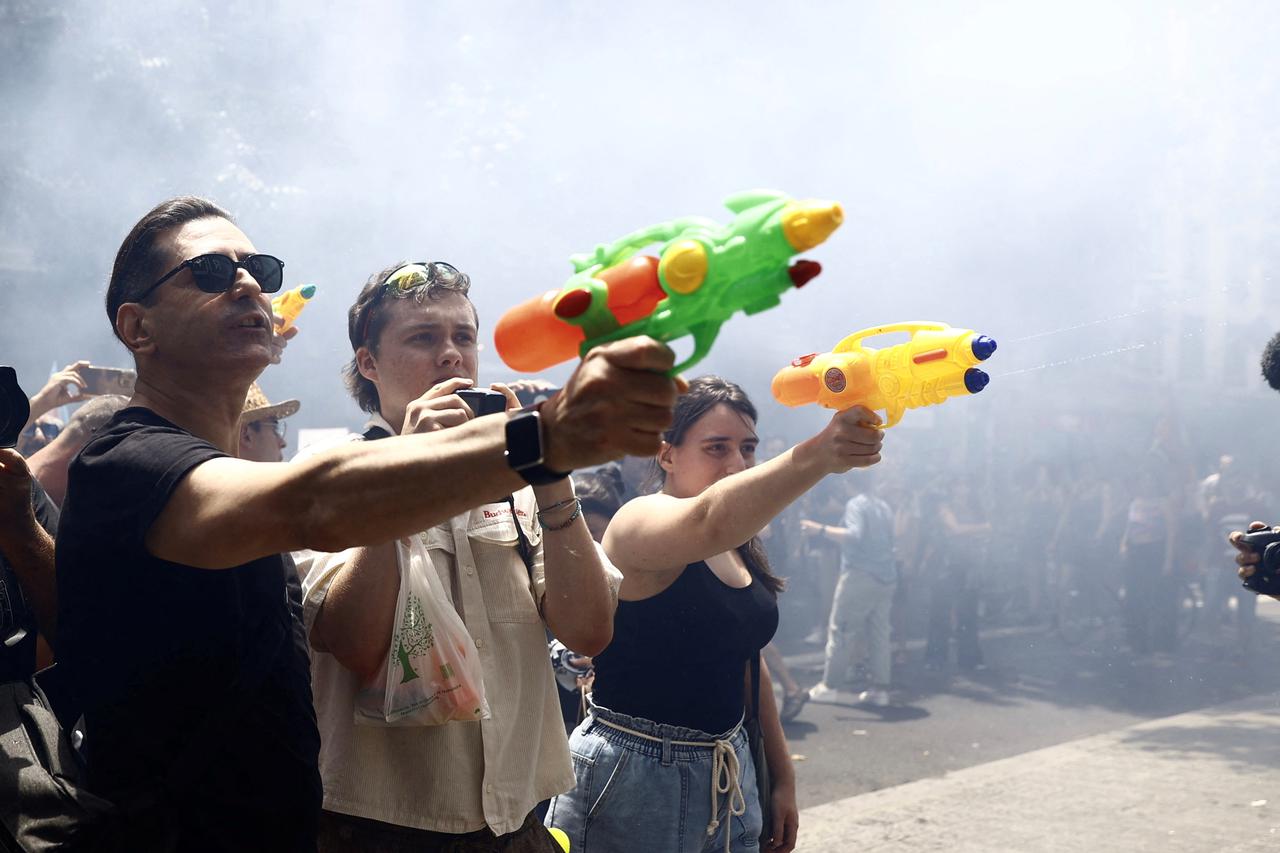The main topic of the articles concerns the ongoing conflict between Israel and Iran, with a particular focus on the alleged Israeli plan to assassinate Iran’s Supreme Leader Ayatollah Ali Khamenei, which was rejected by U.S. President Donald Trump. Israeli Prime Minister Benjamin Netanyahu denied the existence of such a plan. Israeli strikes on Iranian targets and Iranian missile retaliations represent an escalation of the conflict. Khamenei is portrayed as a ruthless leader striving to maintain his power and the Iranian regime despite internal and external pressures. Analyses highlight the complexity of the conflict, including internal political dynamics in Iran and the international relations between the U.S., Israel, and Iran. These events raise concerns about the potential spread of the conflict in the region.
Political Perspectives:
Left: Left-leaning sources tend to emphasize the human cost of the conflict, the dangers of escalation, and criticize aggressive military actions by Israel and the U.S. They highlight the suffering of civilians and call for diplomatic solutions. They may also focus on the internal repression within Iran and the complexity of the regime, but with a critical view of Western interventionism.
Center: Centrist sources report the facts of the conflict, including the denial of assassination plans by Netanyahu and the veto by Trump, presenting a balanced view of the military actions and political maneuvers. They emphasize the complexity of the situation, the regional security concerns, and the delicate balance of power, without strong bias towards either side.
Right: Right-leaning sources often emphasize the threat posed by Iran and its regime, portraying Khamenei as a ruthless and dangerous leader. They support Israel’s right to defend itself and may justify military actions as necessary to prevent nuclear threats. They highlight the U.S. administration’s cautious approach to avoid wider conflict but stress the need for strong measures against Iran.
